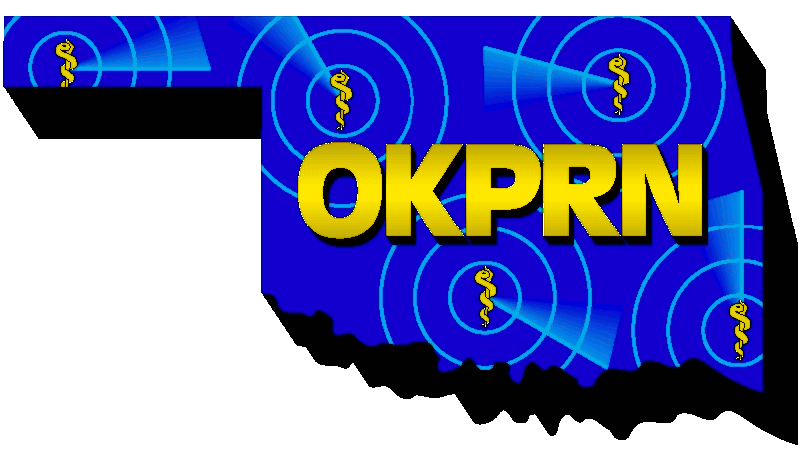
OKPRN Research: A Story of Value & Innovation
The Network includes virtually all types of primary care settings from rural solo and small group practices, through Federally Qualified Health Centers and tribal clinics, to large academic residency practices. Some practices serve only Native Americans. Patients served by OKPRN clinicians include over 350,000 people (10% of the state’s population), 8% of whom are Hispanic, 62% Caucasian, 11% Black, 17% Native American, and 2% Asian. In 2002, OKPRN, Inc. became a non-profit, 501(c)3 organization. The Department of Family Medicine at the OU Health Sciences Center directs the research activities of OKPRN. Most of the Department’s currently funded projects involve OKPRN as a partner or collaborator.
Our community health partners include public health organizations (Oklahoma State Department of Health and the Oklahoma Healthcare Authority that administers the state’s Medicaid program), professional organizations (Oklahoma State Medical Association, Oklahoma Primary Care Association, Oklahoma Academy of Family Physicians, Oklahoma Hospital Association), and regional or county-level grass-roots community health stakeholders (rural AHECs, County Health Improvement Organizations, Partnership for Change Coalitions, county Tobacco Free and Turning Point Coalitions, and Family Health Coalitions). Many of these organizations are involved at various levels in ongoing projects.

OKPRN is an internationally known and nationally acclaimed primary care practice-based research network (PBRN), established in 1994 to improve primary health care in Oklahoma by developing and sharing resources and conducting practice-based research that matters in clinical practice. The Network is driven by a collaborative learning community of 260+ primary care clinicians (physicians, physician associates, nurse practitioners, and other healthcare professionals) in over 130 practices located throughout Oklahoma. OKPRN Conducted over 75 research and development projects that attracted over $17M from 20 funding sources over the years. Numerous publications and presentations have been generated from OKPRN research.
Highlighted OKPRN Projects
Rural County Prevention Project
In an ongoing AHRQ-funded research study we are using advanced health information technology and established implementation strategies to increase the delivery of evidence-based preventive services to approximately 70,000 individuals cared for by about 59 clinicians in 20 primary care practices within 3 rural Oklahoma counties. Then, by disseminating the information gained, we will make it easier for other counties to implement similar models. This project advances a number of our priority research areas, including care coordination in rural and underserved populations, prevention, health information technology and exchange, patient-centered care, primary care redesign, and population health. In the context of this study, we plan to implement, evaluate, and spread a sustainable, rural county-based preventive service delivery model organized at the county level. The intervention incorporates Wellness Coordinators, working with primary care practices through practice facilitation, county health departments, and regional hospitals, in order to help patients receive evidence-based preventive services in a systematic manner. These entities are linked by County Health Improvement Organizations (CHIOs) that are being developed currently in Oklahoma as part of the emerging Primary Care Health Extension infrastructure.
Oklahoma Patient Partners Network (OPPN)
OPPN is an exciting joint project between OKPRN and the OUHSC Department of Family and Preventive Medicine to develop a state-wide network of engaged patients who can meaningfully inform the work of OKPRN in its pursuit of developing and implementing patient-centered care. Our innovation in OPPN is to extend existing models of patient engagement by linking the patient network closely to OKPRN member practices.
The state-level network will be dedicated to advancing the quality of primary healthcare and empowering patients to become strong partners in building their own and their community’s health. We expect that many patient partners will also work in partnership with their practices to help them become more patient-centered.
OPPN patient members will participate by:
-
Taking greater ownership of their own health
-
Helping promote health and wellness in practices where they receive care
-
Working with clinicians to help practices improve existing strategies for providing patient-centered care
-
Partnering with OKPRN at the state level to bring patient voice into practice-based research
"The aim of the Oklahoma Patient Partners Network (OPPN) is to empower patients to improve their health by making healthcare and health research work for them."



